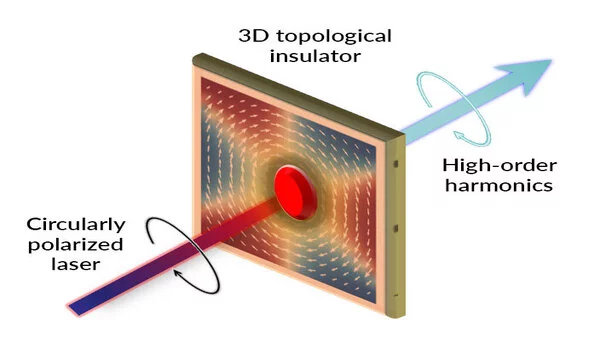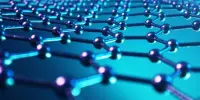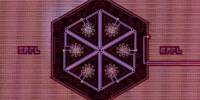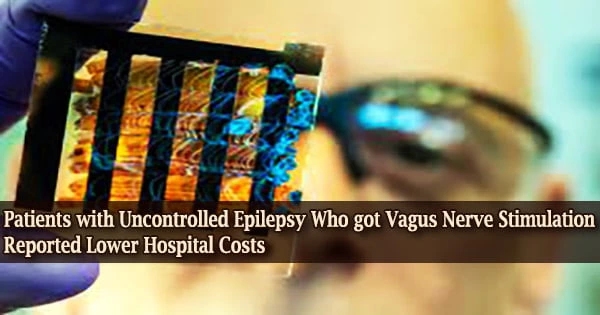Researchers used circularly polarized laser light to probe the phase transition where a topological insulator (TI) loses its quantum properties and becomes an ordinary insulator. The spiraling laser light generated harmonics from the material they were examining, similar to the vibrations of a plucked guitar string, making it easy to distinguish what was happening on the TI’s conductive surface and its insulating interior as one state gave way to the other.
Topological insulators, or TIs, have two faces: Electrons can flow freely along their surface edges, like cars on a highway, but not through the material’s interior. It takes a unique set of conditions to create this unique quantum state – part electrical conductor, part insulator – which researchers hope to one day exploit for spintronics, quantum computing, and quantum sensing. They’re just trying to figure out what makes TIs tick for the time being.
In the most recent advancement along these lines, researchers at the Department of Energy’s SLAC National Accelerator Laboratory and Stanford University systematically probed the “phase transition” in which a TI loses its quantum properties and becomes just another ordinary insulator.
They accomplished this by using spiraling laser light beams to generate harmonics from the material they were studying, similar to the vibrations of a plucked guitar string. They reported in Nature Photonics that these harmonics make it easy to distinguish what’s happening in the superhighway layer from what’s happening in the interior and see how one state gives way to the other.
The harmonics generated by the material amplify the effects we want to measure, making this a very sensitive way to see what’s going on in a TI. And since this light-based approach can be done in a lab with tabletop equipment, it makes exploring these materials easier and more accessible than some previous methods.
Christian Heide
“The harmonics generated by the material amplify the effects we want to measure, making this a very sensitive way to see what’s going on in a TI,” said Christian Heide, a postdoctoral researcher with the Stanford PULSE Institute at SLAC, who led the experiments. “And since this light-based approach can be done in a lab with tabletop equipment, it makes exploring these materials easier and more accessible than some previous methods.”
These results are exciting, added PULSE principal investigator Shambhu Ghimire, because they show the new method has potential for watching TIs flip back and forth between superhighway and insulating states as it happens and in fine detail — much like a using camera with a very fast shutter speed.
A long harmonics journey
This was the latest in a series of studies on high harmonic generation, or HHG, led by Ghimire and PULSE Director David Reis. HHG is a phenomenon that shifts laser light to higher energies and frequencies by shining it through a material. The frequencies are shifted in distinct steps, similar to how notes are produced by pressing on a guitar string.
Over the last dozen years, their research team has accomplished this in a variety of materials previously thought to be unlikely, if not impossible, candidates for HHG, including a crystal, frozen argon gas, and an atomically thin semiconductor material. They were even able to produce attosecond laser pulses — which are just a billionth of a billionth of a second long and can be used to observe and control the movements of electrons – by shining a laser through ordinary glass.

Four years ago, postdoctoral researcher Denitsa Baykusheva joined the PULSE group with the aim of seeing if it was possible to generate HHG in topological insulators — a feat that had never been achieved in any quantum material. Over several years of work the team discovered that yes, it could be done, but only if the laser light was circularly polarized.
They were able to get strong, separate signals from the TI’s superhighway surface and its roadblocked interior by varying the polarization of this spiraling laser light. This made it easy for them to tell what was going on in those two contrasting sections of the material.
They set out to show what the new method could do by varying the composition of their TI material, bismuth selenide, and the properties of the ultrashort laser light pulses they hit it with to see how each combination affected the harmonics the material generated.
Spirals meet impurities
First they took their samples to SLAC’s Stanford Synchrotron Radiation Lightsource (SSRL) for examination with an X-ray technique called angle-resolved photoemission spectroscopy, or ARPES. This allowed them to narrow down the general neighborhood where the transition takes place. Then, back in the lab, they zoomed in to see more detail.
They prepared a series of bismuth selenide samples, some pure and others containing varying levels of a chemical impurity known to affect electron behavior. Some of the samples were topological insulators, while others were plain insulators. The samples were then bombarded with laser pulses of varying energies, degrees, and directions of polarization.
They discovered that circularly polarized pulses, particularly those that spiraled clockwise, were much more efficient at producing high harmonics from superhighway surfaces than insulating parts of the material. “The difference between the two was huge,” Heide said, explaining how the team could easily tell the two states apart.
While pure samples were classic TIs, the material began to lose its topological abilities at an impurity level of about 4% and lost them altogether by 20%. At that point the material was an ordinary insulator.
The ultrashort laser pulses used in this study – about 100 femtoseconds, or millionths of a billionth of a second – pass right through the sample without damaging it and can be tuned to probe any spot inside it, according to Heide: “That’s a very big benefit.”
And, like a camera with a super-fast shutter speed, this relatively small and inexpensive laser setup should be able to observe the characteristics of the topological transition, as well as other electronic properties and processes, in much finer detail and as they change in real-time, Ghimire said.
















